The Cold War was won by 26 words contained within article five of the Treaty of Washington, which founded Nato in 1949: ‘The Parties agree that an armed attack against one or more of them in Europe or North America shall be considered an attack against them all.’
There was no wriggling and no qualification. The message to Stalin was perfectly clear: you nibble at one inch of Western Europe and you won’t just get an ad hoc response from war-weary Europeans; you will have to face a nuclear-armed Uncle Sam. The last time Britain held a Nato summit, in 1990, the organisation was triumphant. Little wonder that the newly liberated nations of Eastern Europe flocked to join Nato in the years which followed; membership promised to end any threat of their falling under Russian influence again. A few years later, the Kosovo campaign showed Nato’s relevance after the Cold War.
But its relevance today is harder to ascertain. That Nato’s next summit will be held at a Welsh golf club seems to symbolise the problem. Nato has slipped into a middle-age comfort zone, reminiscing about its past achievements.
Article five remains unchanged in the Treaty of Washington, but it is becoming less and less credible by the day. Where Joseph Stalin had no reason to doubt that the founder members of Nato were serious, Vladimir Putin can be confident that if he causes mischief today, there will be no coherent or strategic response from an exhausted and indebted West. Putin has already helped himself to a chunk of the Ukraine without a single Nato tank being moved. It’s true that Ukraine is not a member of Nato, but common sense would dictate that, as Putin encroaches eastwards, the forces of Nato should not play dead.
Putin, keen to test these new boundaries, may reasonably wonder what the reaction would be were he to send an expeditionary force across the border of one of the Baltic states, which are Nato members. He can use the same pretext as he used in Ukraine — ethnic Russians need defending. Perhaps one of the Baltic mayors or local government officials whom Moscow has been carefully grooming could appeal for help. Or perhaps Putin could stir up some more trouble in Kosovo. The result would surely be more hand-wringing, followed by more inaction.
As a measure of how unprepared Nato is for the newly emerging threat from Putin’s Russia, the best it could muster for a rare exercise in the Baltic states last year was 6,000 troops. A joint Russian-Belorussian exercise at the same time involved 60,000 troops. As for air defence, the Nato mission in the Baltic states usually consists of a miserly four aircraft, modestly bolstered in recent months since the Ukraine crisis.
A draft Nato report leaked to Der Spiegel magazine this week appears to concede the West’s impotence, describing the situation as ‘destabilising and threatening’.
Defence and foreign ministers will meet next month to discuss the response to Ukraine. But even if they do decide on the need for a big reinforcement in Eastern Europe, what could they muster? Tanks and planes have got to come from members’ own forces, and those forces have been relentlessly cut across Europe over the past few years, in the false belief that the peace dividend from the end of the Cold War meant that defence resources could safely be transferred to social programmes instead.
Nato membership has played a part in the atrophy of European defence forces. Governments reckoned that they could safely reduce their forces on the grounds because they could rely on mighty America to guarantee their security. The US still spends more on its armed forces than Nato’s other 27 members put together. Under President Obama, however, America has shown a declining commitment to carry on bearing the cost of defending Europe. Putin must recognise that the size of a military doesn’t matter so much as the will to use it, and there’s precious little of that left in the West.
For years, Britain urged other countries to keep military spending to the bare Nato minimum: 3 per cent of gross domestic product. Now, David Cameron cannot bring himself to make even that commitment. He has no problem with foreign aid or health spending targets. But defence? There are no targets for our servicemen and women, other than a reduction in their overall numbers.
So when the Nato generals descend on the Celtic Manor Resort in September they will be like latterday Francis Drakes, reckoning that they have time to finish their rounds of golf before dealing with a security crisis. The difference is that Sir Francis did at least have a plan in place before he began playing bowls. Nato doesn’t.
It is becoming painfully clear that if Putin were to send a tank over the border into Lithuania, the response from Nato countries would be exactly the same as it was when he annexed Crimea. Our leaders would wave their metaphorical eight-irons in Putin’s direction. But the only real weapons which Nato countries would have to offer would be rhetorical ones. That is not how the first Cold War was won, and it won’t win the second.
Got something to add? Join the discussion and comment below.
Get 10 issues for just $10
Subscribe to The Spectator Australia today for the next 10 magazine issues, plus full online access, for just $10.
You might disagree with half of it, but you’ll enjoy reading all of it. Try your first month for free, then just $2 a week for the remainder of your first year.

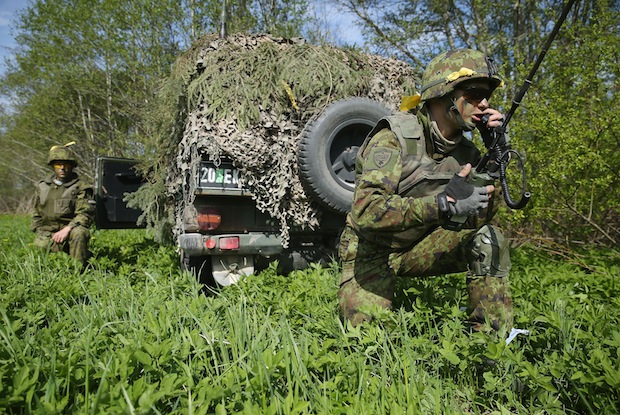
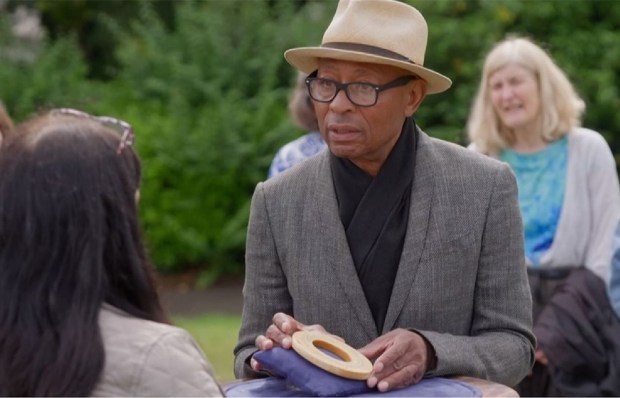
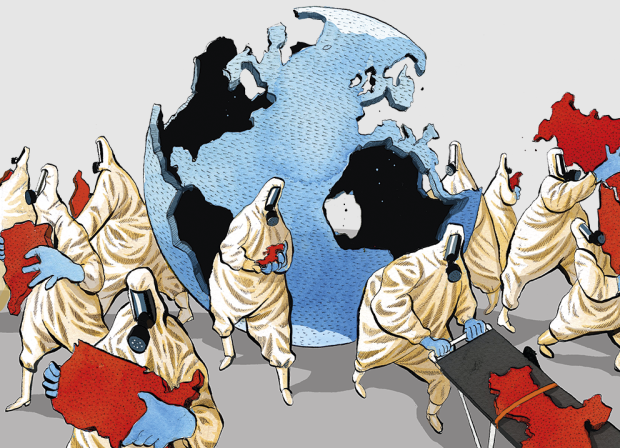
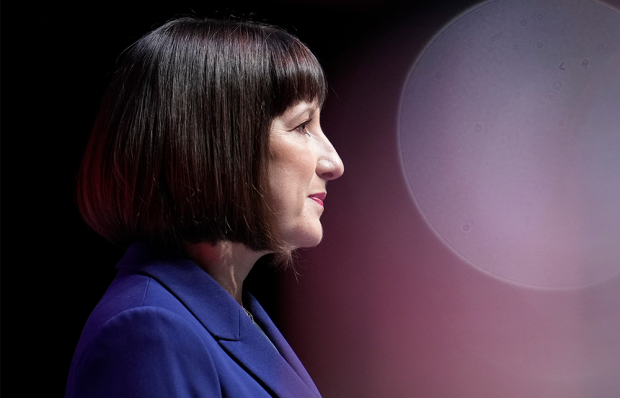
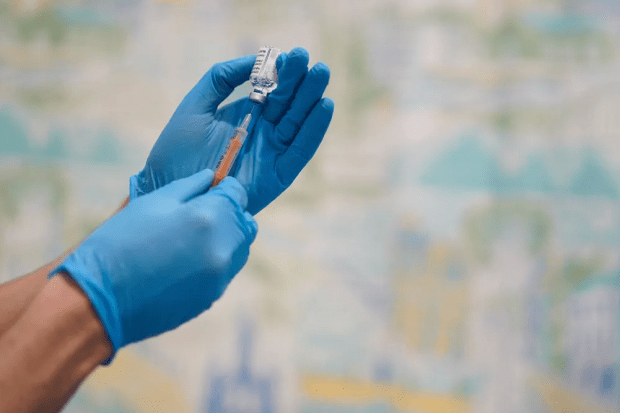
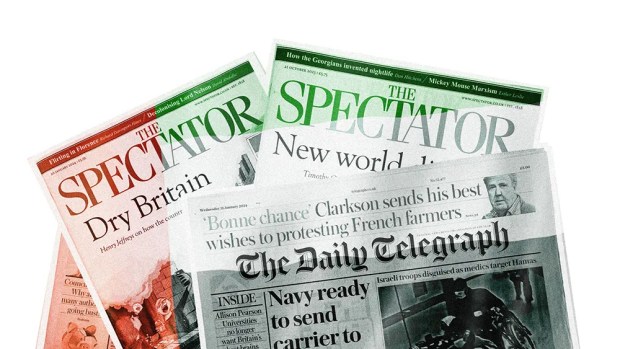
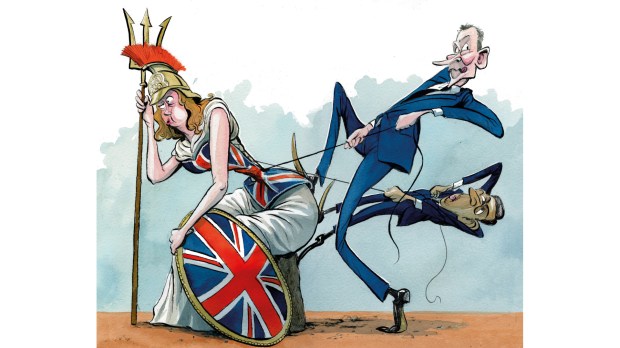






Comments
Don't miss out
Join the conversation with other Spectator Australia readers. Subscribe to leave a comment.
SUBSCRIBEAlready a subscriber? Log in